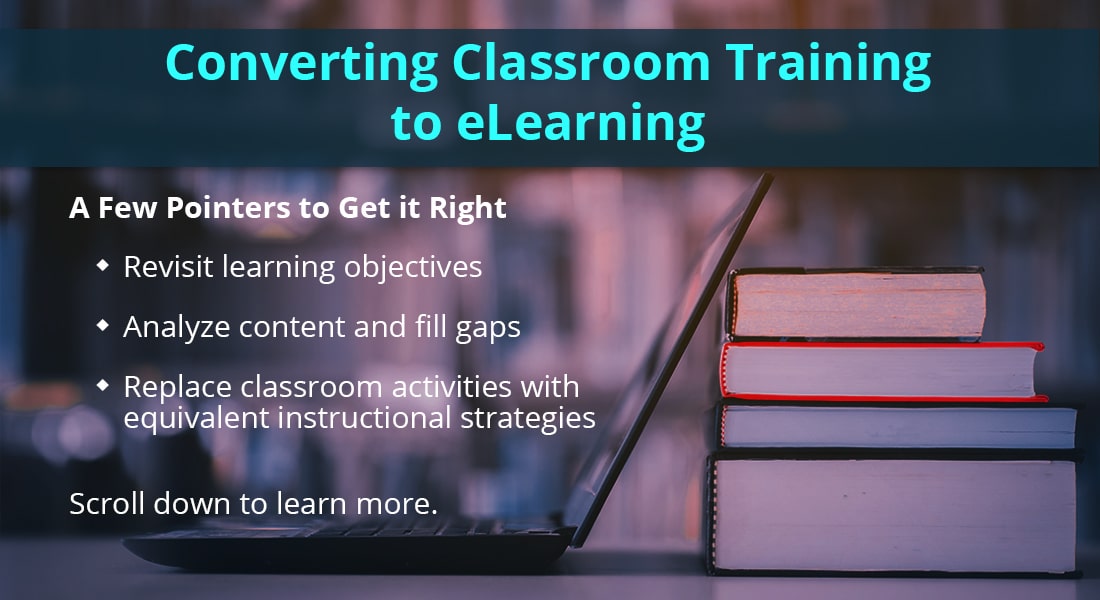How to Overcome the Limitations of VILT [Infographic]
![How to Overcome the Limitations of VILT [Infographic] How to Overcome the Limitations of VILT [Infographic]](https://blog.commlabindia.com/hubfs/Imported_Blog_Media/vilt-limitations-overcome-info.jpg)
VILT or virtual instructor-led training is fast gaining popularity as a must-include training strategy, especially after the way the COVID-19 pandemic brought corporate training to a grinding halt.
For organizations that have been relying solely on classroom training, virtual instructor-led training programs have become a necessity, as they offer the many benefits of traditional classroom training while managing to remain cost-effective in the long run. 
For organizations that are just getting started with VILT, there are 3 key factors to focus on:
- Content – Virtual-instructor led training cannot follow the same approach as classroom training. The content must offer more scope for collaboration. Interactivities and visuals in the content play an important role in increasing learner engagement.
- Technology – VILT requires an investment in collaboration software that offers a range of tools for engagement such as polls, quizzes, live conversation and chat.
- Delivery – Much like classroom training, VILT too is dependent on the facilitator to make the training lively by delivering a compelling learning experience.
Although VILT can be used to connect and collaborate with remote learners and deliver seamless learning experiences, it has its fair share of limitations. What are those limitations and how can you overcome them? Find out in this infographic.
Have you jumped on to the VILT bandwagon yet? To master the art of delivering virtual training register for our eLearning course ‘Maximizing Impact in the Virtual Classroom’.







![VILT Challenges: Crack Them Like A Pro! [Infographic]](https://blog.commlabindia.com/hubfs/Imported_Blog_Media/vilt-challenges-solutions-corporate-training.png)